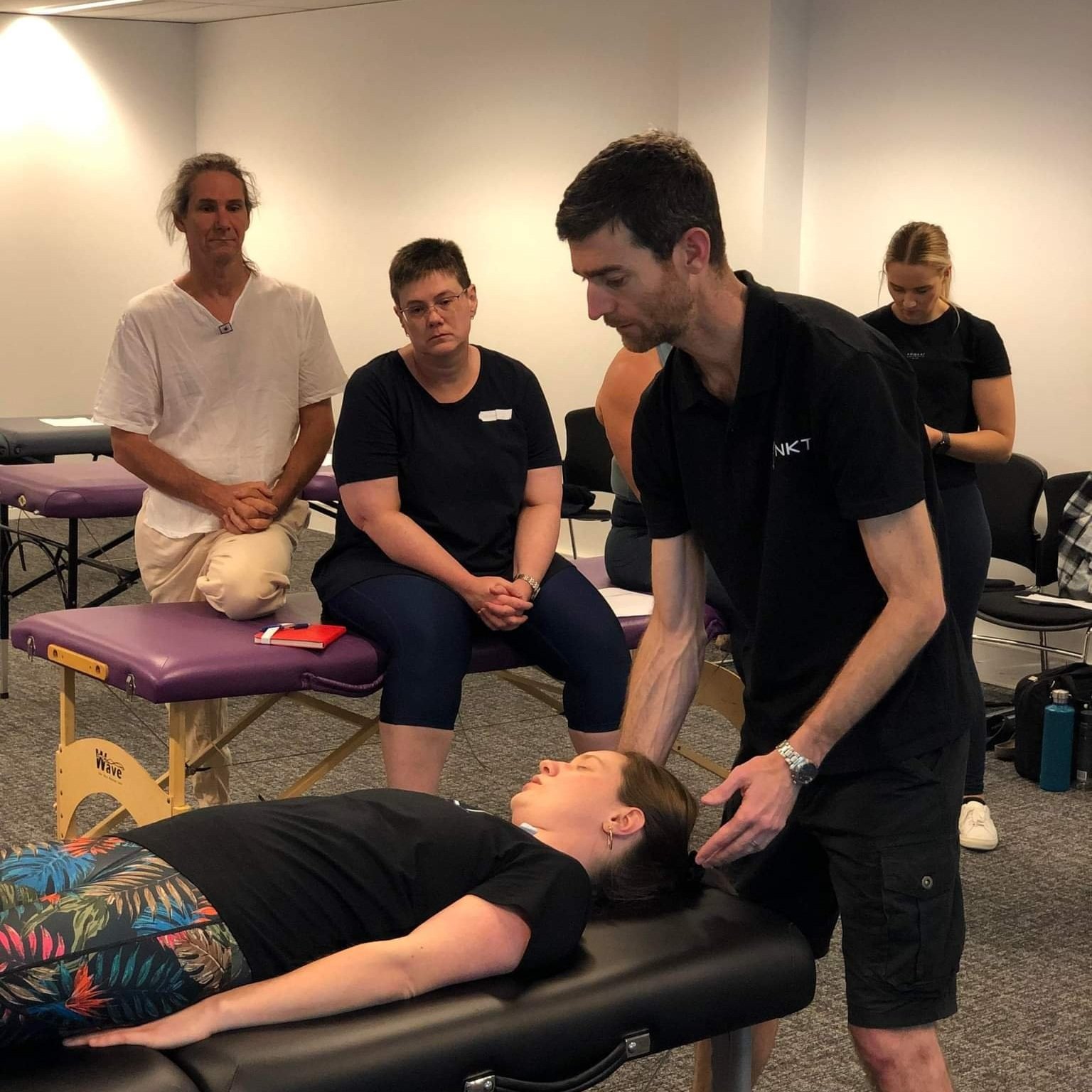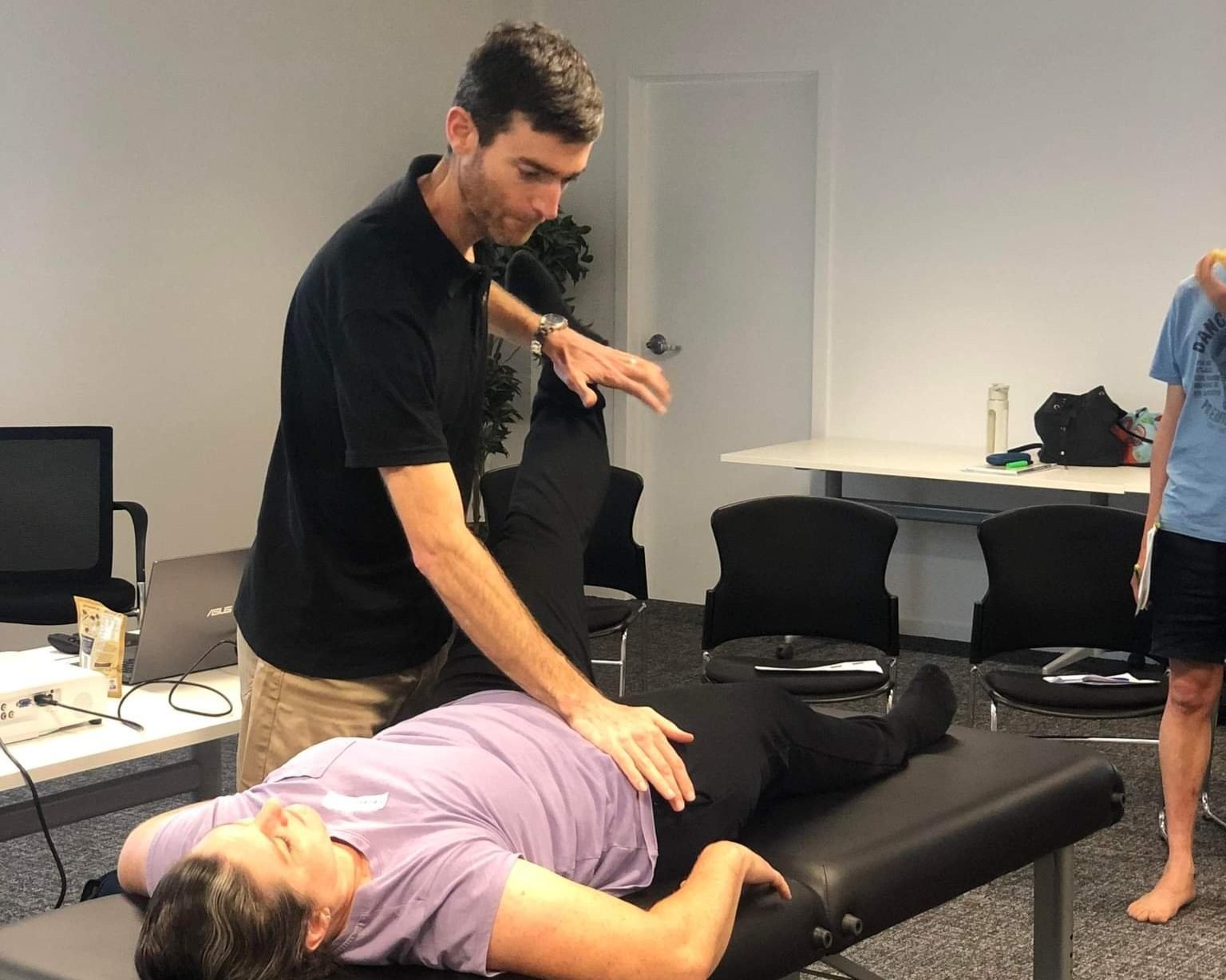When it comes to bodywork and exercise prescription it’s important to know what needs to be released, and what needs to be strengthened. We can base some pretty educated guesses on simple anatomy and physiology, but our bodies aren’t soft machines the exhibit predictable responses. We each have our own set of injuries and challenges that cause unique compensation strategies. If you try to release or strengthen the wrong thing and the best you can hope for is minimal to no improvement.
NeuroKinetic Therapy (NKT) is about uncovering and correcting these compensation strategies for each individual. Using a combination of Manual Muscle Testing with some unique protocols it’s possible to determine precisely where you need to apply your tissue releases and what needs to be woken up and strengthened.
Students of NKT love the fact they leave class with a way to “follow the breadcrumbs” and “join the dots”. It has also added a lot of relevance to existing anatomical knowledge for many students by improving their understanding of how the body makes use of the parts at it’s disposal.
Nathan was formerly the Australian NKT instructor. He stepped back from all involvement in late 2024 to focus on other things, but he is still passionate about what NKT offers so he continues to promote the classes.
See below for an overview of each of the levels of NKT and the link to register for a class near you (links go to the NeuroKinetic Therapy US website).
-

Level 1
Prerequisite: Complete an online Anatomy & Kinesiology course (included with registration)
Level 1 is where you learn the fundamentals of NKT. Key takeaways are:
An introduction to motor control theory
Manual muscle testing for each region of the body
The NKT protocols for finding and correcting movement pattern dysfunctions
Once you’ve mastered these components we have a certification process that allows you to be listed as a practitioner on the NKT directory and attend Level 2.
-

Level 2
Prerequisite: Attend Level 1 and complete certification
In Level 2 we build on the skills of Level 1 by looking at movement as a whole body functional event. Weaknesses in one area will result in compensation in another. Key course components are:
Functional movement subsystems and slings
Breathing patterns
TMJ dysfunction
Joint compression dysfunctions
Perturbation/balance testing
After completing another certification your directory listing will be upgraded from “Beginner” to “Intermediate” and you will be eligible to attend Level 3.
-

Level 3
Prerequisite: Attend Level 2 and complete certification
After learning about whole body dysfunctional relationships in Level 2 we now develop a laser focus. Course content consists of:
Advanced muscle pairing
Advanced gait relationships
Advanced scar evaluation/treatment
Hyoid evaluation/treatment
Eye muscle evaluation/treatment
Pelvic and ankle ligament evaluation/treatment
Certifying at Level 3 further upgrades your directory listing, this time to “Advanced”.

